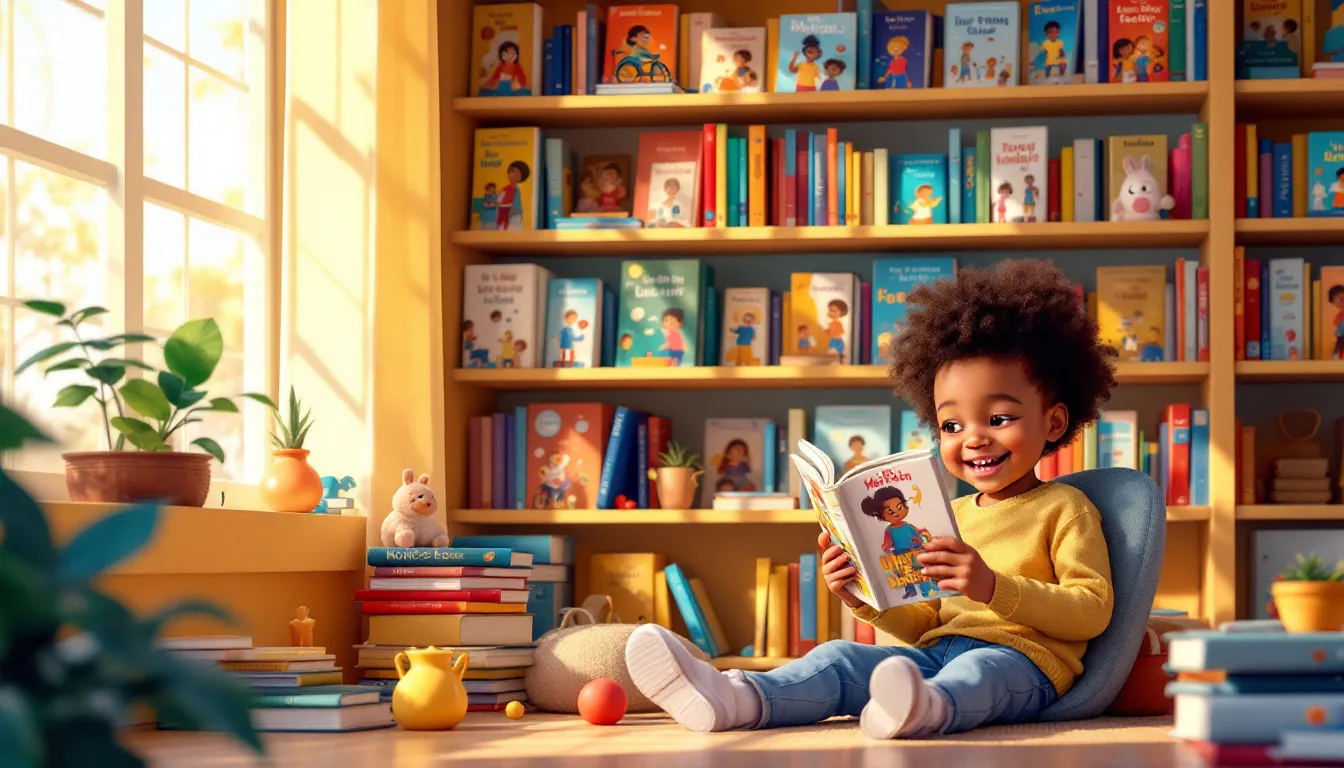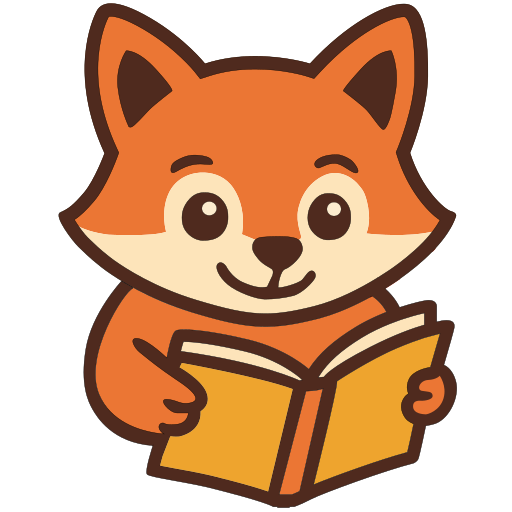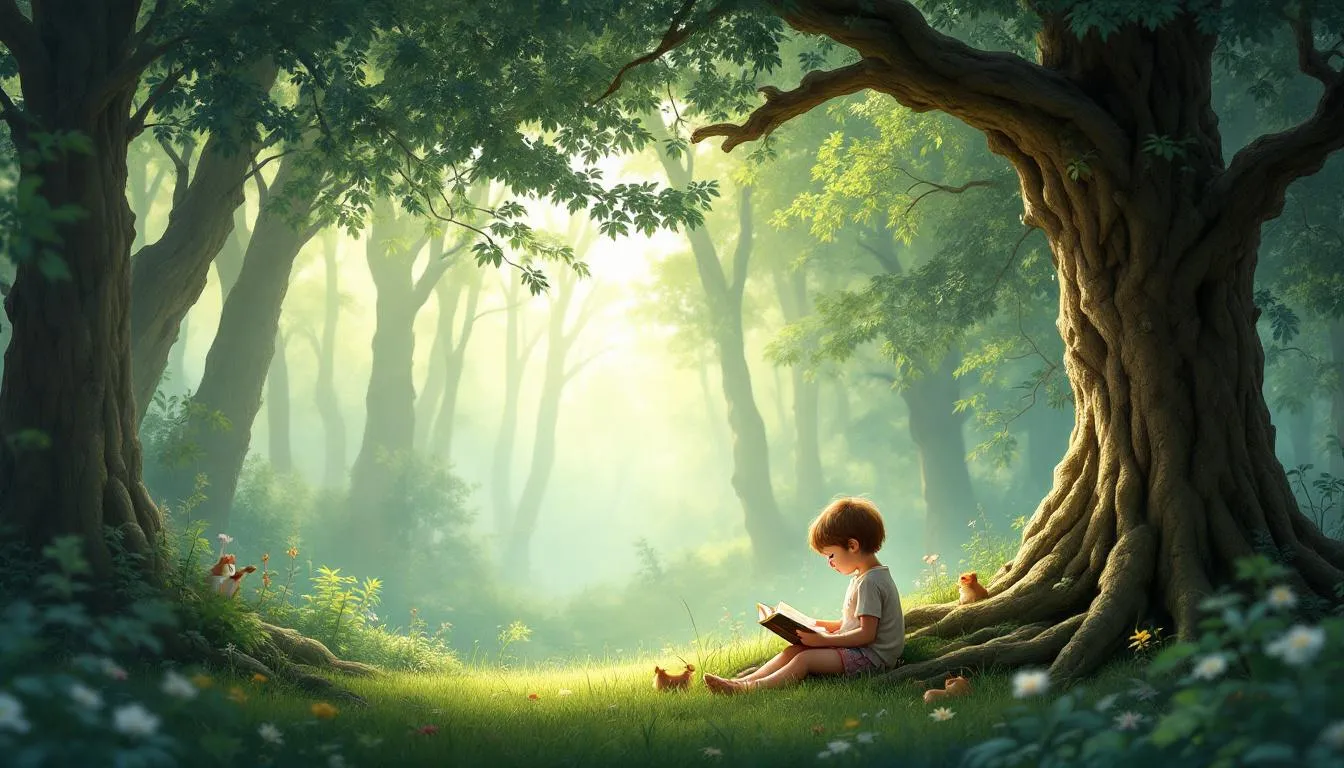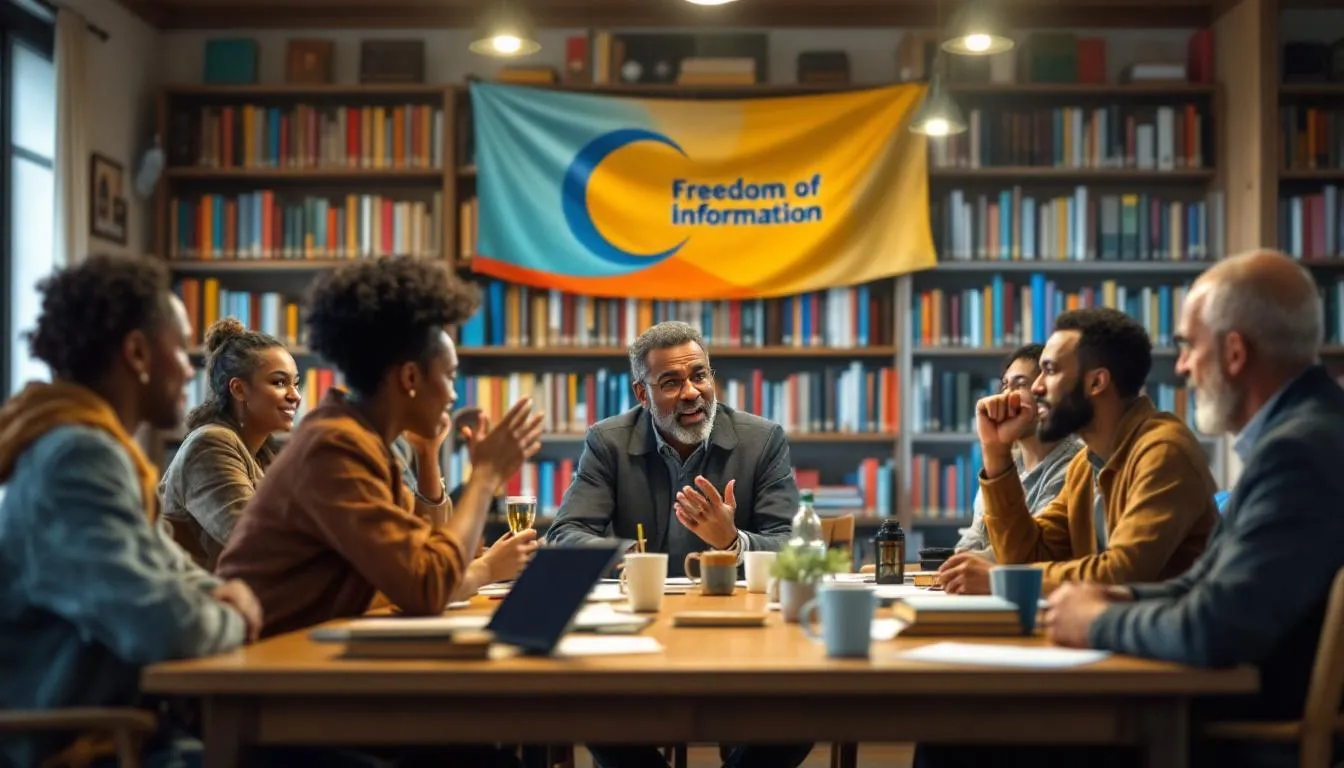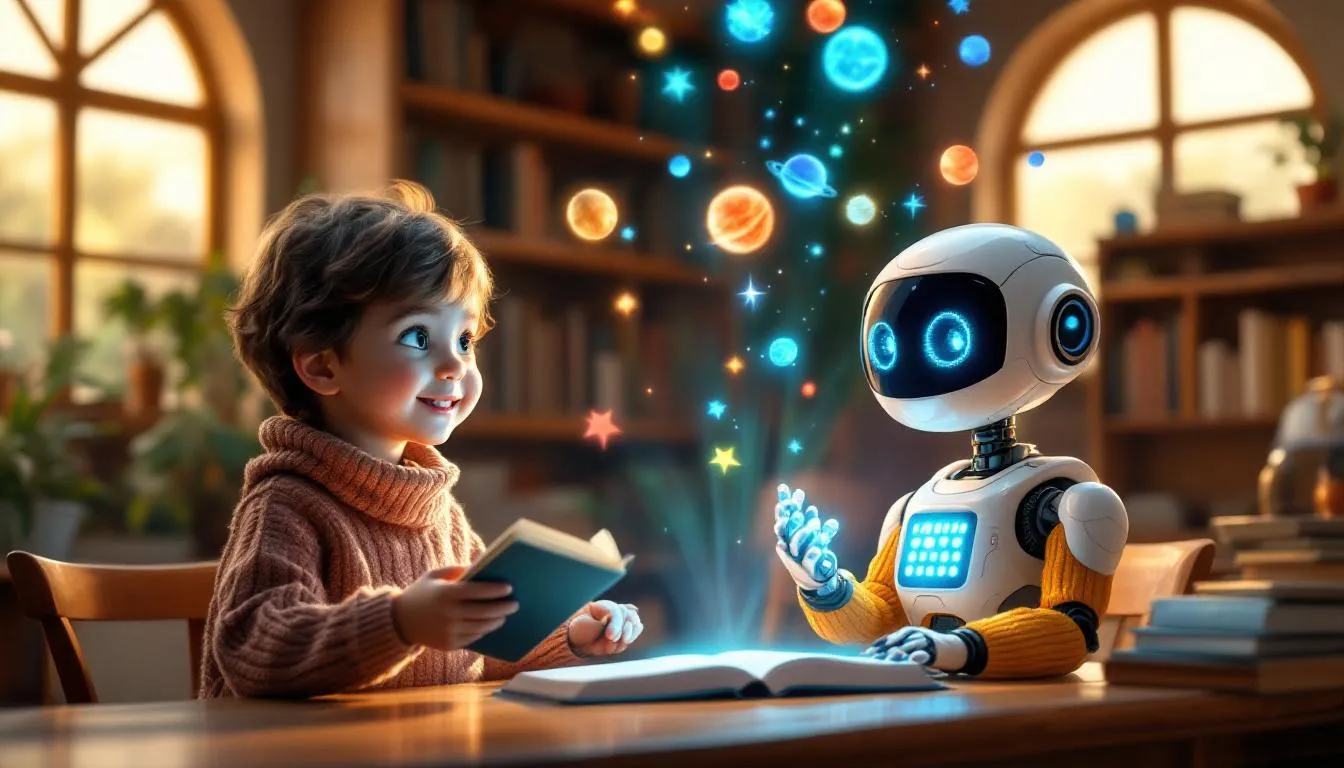Children’s literature serves as more than mere words on a page; it acts as a mirror reflecting the world. When my daughter first saw a character wearing glasses in a book, she lit up, finally feeling seen. Historically, books rarely depicted disabilities, often relegating them to the margins or excluding them altogether. This has gradually changed, acknowledging the diverse spectrum of human experience. By embracing varied stories, we teach children empathy and understanding. Let’s explore how inclusivity in books enriches narratives and our lives, broadening young readers’ horizons everywhere.
Table of Contents
The Importance of Inclusivity in Kids’ Books
Have you ever watched a child’s face light up when they see themselves in a story? It’s pure magic—like discovering a secret passageway to a world where they belong. Seeing oneself in a book is transformative, especially for children with disabilities. It affirms that their experiences, challenges, and triumphs are valued and important.
Encountering diverse stories helps kids develop empathy. Imagine reading about a character navigating the world differently due to a disability—suddenly, a classmate’s wheelchair is not just a chair with wheels, but an integral part of their friend’s journey. I remember when my son read about a boy with autism and came to me, smiling, saying, “Mom, he’s just like my friend at school!” That simple recognition sparked conversations about kindness, patience, and friendship.
Representation in literature also dismantles stereotypes, encouraging children to look beyond the surface and appreciate unique perspectives. Diverse stories connect children from various backgrounds, sparking curiosity about different experiences. Inclusivity extends beyond disabilities, encompassing all facets of diversity, creating a rich tapestry of human stories.
Exploring inclusivity deepens our understanding of disability and neurodiversity, enriching both the narratives we read and the lives we lead.
Exploring Disability and Neurodiversity
Diving into inclusive children’s literature requires understanding the nuances of disability and neurodiversity, terms often used interchangeably but with distinct meanings.
Disability typically refers to physical or mental conditions that may limit a person’s movements, senses, or activities. This includes visible disabilities, like using a wheelchair, and invisible ones, like chronic pain or certain mental health conditions. Neurodiversity celebrates variations in the human brain related to sociability, learning, attention, mood, and other functions, recognizing conditions like autism, ADHD, and dyslexia as natural variations rather than deficits.
A common misconception is that disabilities and neurodiverse conditions are barriers to overcome. In reality, they offer unique perspectives and strengths. I recall a parent-teacher meeting where a teacher shared how a student with ADHD excelled in creative problem-solving, often thinking outside the box.
Another stereotype is viewing children with disabilities as perpetual sources of inspiration or pity, reducing them to one-dimensional characters. Instead, literature should portray them as complex individuals with a range of emotions and experiences.
By breaking down misconceptions and celebrating human diversity, we create a more inclusive and understanding world for our children, paving the way to explore the benefits disability representation brings to literature.
Benefits of Disability Representation in Children’s Literature
Imagine a world where disabilities are simply another facet of human diversity—a world where differences are celebrated. Inclusive children’s literature helps create this reality. Introducing disability representation in stories de-stigmatizes disabilities from a young age. When kids read about characters navigating life with disabilities, they learn these differences are normal—like meeting a new friend who experiences the world differently.
For example, when my niece read about a young girl with a hearing impairment, she not only learned about using hearing aids but also saw the character’s strength and resourcefulness. This sparked conversations about supporting her classmate with a similar condition, fostering inclusivity.
These stories also promote social-emotional learning and empathy. When children walk in the shoes of characters with disabilities, they broaden their understanding of different experiences, encouraging kindness and understanding. I witnessed this when my son, after reading about a character with ADHD, showed more patience with his friend.
Stories reflecting diverse abilities enrich children’s literature and prepare young readers to embrace real-life diversity. Let’s explore some incredible books that exemplify these values and open the door to inclusive adventures.
A Curated List of Must-Read Inclusive Children’s Books
Finding books that celebrate disability and neurodiversity can feel like discovering hidden treasures. For more resources, consider exploring publishers like Includas Publishing, who focus on positive disability representation. Here’s a selection that has sparked joy and understanding in our home and classroom.
For little ones, picture books are a magical gateway.
One favorite is “We’re All Wonders” by R.J. Palacio, a spin-off of the acclaimed “Wonder” series for younger audiences. Its gentle storytelling reminds us that everyone is unique—and that’s what makes us wonders. Another gem is “Emmanuel’s Dream: The True Story of Emmanuel Ofosu Yeboah” by Laurie Ann Thompson, telling the inspiring true story of a boy born with one leg who cycled across Ghana.
Middle-grade novels offer deeper dives into characters’ lives.
A standout is “Out of My Mind” by Sharon Draper, offering a powerful perspective through the eyes of Melody, a girl with cerebral palsy. The book illustrates her intelligence and spirit, challenging readers to look beyond appearances. “Fish in a Tree” by Lynda Mullaly Hunt focuses on a girl with dyslexia discovering her strengths, encouraging readers to embrace differences.
Non-fiction titles provide enlightening and empowering real-life perspectives.
“I Am Not a Label” by Cerrie Burnell profiles 34 disability activists, artists, athletes, and thinkers, each with a story of breaking barriers, showcasing the power of diverse voices. Additionally, for books addressing complex emotional and developmental topics, especially from an autistic author’s perspective, explore Brett J Cole’s children’s books, covering themes like self-worth, trauma, grief, and neurodivergence.
Incorporating these books into your reading list enriches your child’s literary experience and lays the foundation for an inclusive mindset. The stories can lead to insightful conversations and connections. Speaking of insights, let’s hear from a preschool teacher passionate about fostering inclusivity among young readers.
Insights from a Passionate Preschool Teacher
In my years as a preschool teacher, I’ve experienced countless moments affirming the power of inclusive storytelling. One day, we read “All Are Welcome” by Alexandra Penfold. The vibrant illustrations depicting children of various backgrounds and abilities sparked excitement and curiosity among my students. A boy pointed to a character using crutches and exclaimed, “That’s like my cousin!” His eyes lit up with recognition, and our classroom felt more connected.
Integrating inclusive books into the classroom isn’t just about reading—it’s about creating experiences. I often use story-time as a springboard for activities that deepen understanding. After reading about a character with a visual impairment, we played a game where children were blindfolded to navigate a maze, helping them understand challenges peers might face.
A strategy I’ve found effective is involving children in post-read discussions. Asking open-ended questions like, “How do you think the character felt?” encourages critical thinking and empathy. These conversations often reveal the big hearts and open minds of young learners.
These stories and activities lay the groundwork for a compassionate classroom environment. It’s vital to consider how parents and educators can nurture and support this inclusive mindset beyond the classroom.
How Parents and Educators Can Support Inclusive Reading
Selecting inclusive books that celebrate disability and neurodiversity is like crafting the perfect playlist—you want stories that inspire, educate, and entertain.
For young bookworms, picture books with engaging illustrations featuring diverse abilities are a great starting point. Books like “We’re All Wonders” can spark conversations with young children, presenting complex themes accessibly. As children grow, middle-grade novels offer deeper narratives exploring diverse experiences.
Incorporate discussion prompts and activities to connect stories on a personal level. After reading, I like to ask open-ended questions, such as, “What did you learn about the character’s experience?” These discussions help children develop empathy and reflect on their experiences.
Activities can bring stories to life. After reading a book about a character with a visual impairment, try a sensory activity where children use other senses to navigate a task, appreciating different perspectives.
By integrating inclusive stories and activities, we cultivate a more empathetic world for our children. These efforts plant seeds for a future where diversity is celebrated. Let’s consider the exciting possibilities for inclusive literature ahead.
Conclusion: The Future of Inclusive Kids’ Literature
Our journey into inclusive children’s literature shows how stories shape young minds and hearts. As publishers embrace diversity, we can support and demand these stories. By seeking them out, sharing them, and advocating for more inclusive narratives, we pave the way for a future where every child feels seen and valued. Together, let’s champion this movement, ensuring every child grows up in a world where their story is told and celebrated. Let’s build a brighter, more inclusive future, one story at a time.
Speaking of personalized stories, did you know that KidTeller creates a personalized storybook where your child is the hero? Just upload a photo, and we’ll generate a custom book filled with adventures made especially for your toddler or young child – magical, memorable, and uniquely theirs. It’s a wonderful way to ensure your child truly sees themselves as the star of their own adventure.
